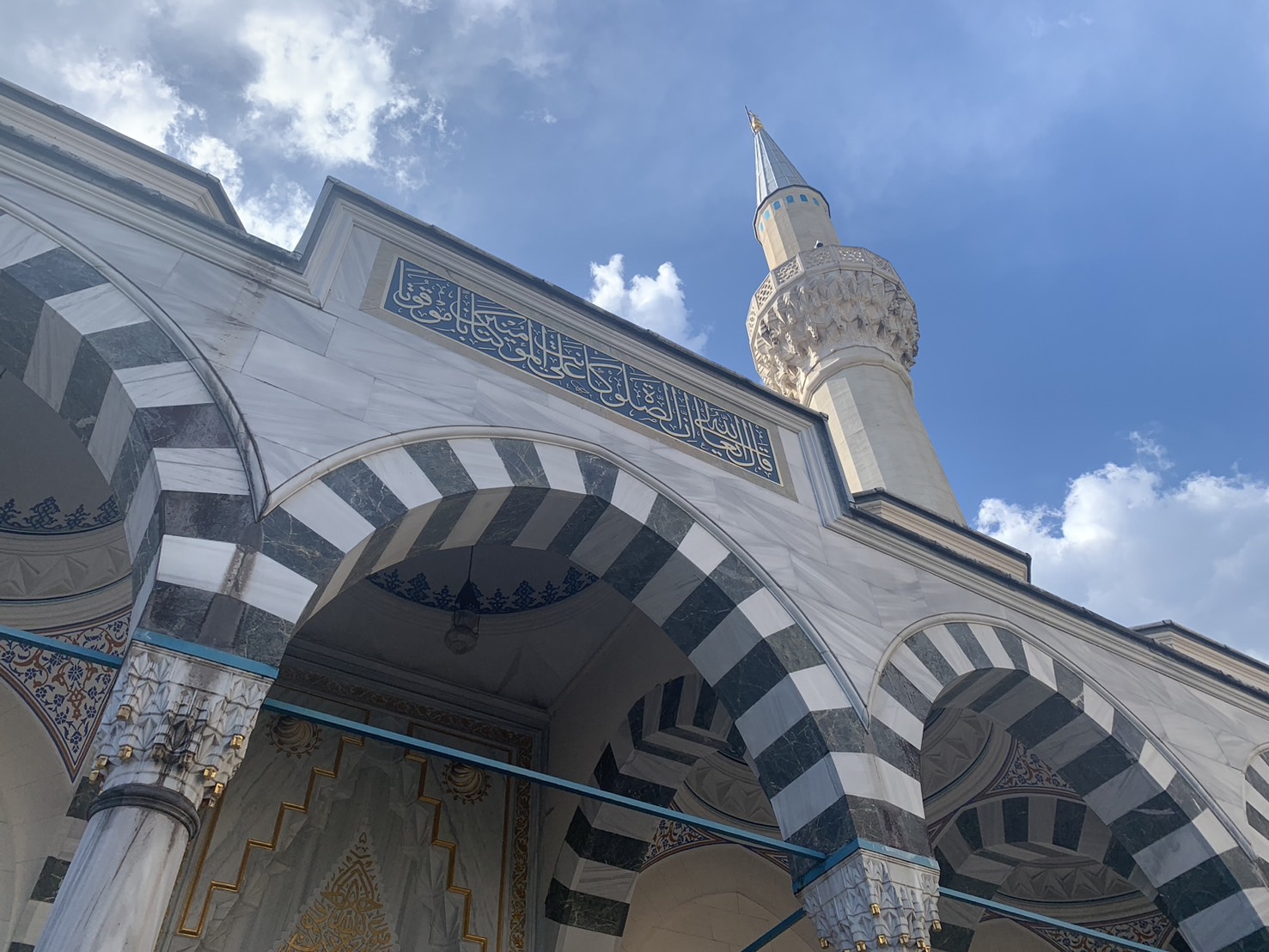Residency Trends of Foreign Residents
Column
While the number of foreigners living in Japan is increasing, the number of Muslims, who are adherents of the Islamic faith, is also increasing in Japan. According to Tanada (2021), the estimated population of Muslims in Japan at the end of December 1990 was about 27,000 foreign Muslims and 2,000 Japanese Muslims, for a total of less than 30,000. This estimate indicates that the total number of Muslims in the country over the next 20 years will be approximately 230,000. According to this estimate, the number of Muslims has increased more than sevenfold over the past 20 years. This suggests that the number of Muslims is still increasing.
One of the reasons for this increase in the Muslim population in Japan can be attributed to the influx of newcomers to the country in the 1980s and 1990s who were from three countries that are considered Islamic newcomers: Iran, Bangladesh, and Pakistan. Many of them came to Japan under visa reciprocity agreements between Japan and other countries and intended to work in Japan. Some of them had families and raised their children in Japan. Today, their children have grown up to high school and college age and are living in Japanese society.
According to the 2022 edition of the Statistical Table of Foreign Residents (formerly the Statistical Table of Registered Foreign Residents), the number of foreign residents as of December 2022 was 4,237 Iranians, 22,118 Pakistanis, and 22,723 Bangladeshis. As for Malaysia, where 64% of the population is Muslim, and Indonesia, where 86.69% of the population is Muslim, 11,045 Malaysians and 98,865 Indonesians reside in Japan. As far as the distribution of the above five nationalities in Japan is concerned, they tend to live mainly in the Tokyo metropolitan area and in areas with many factories, such as the Kanto region, Aichi Prefecture, and the Kansai region. As for Indonesians, it can be seen that they reside throughout Japan.
Thus, there are people considered to be Muslims residing in each prefecture. Therefore, it is thought that it is necessary to take measures not only for “Muslim tourists” but also for “Muslim residents in Japan” who reside in Japan for a long period of time, such as the construction of mosques, local understanding, measures at schools and workplaces, and the construction of Islamic cemeteries.

Photo: Tokyo Germy in the vicinity of Yoyogi Uehara (photo by the author)
References
- Hirofumi Tanada, “The Muslim Population in Japan 1990-2020,” Research Paper : Muslim in Japan, No. 20, 2021, pp. 1-40.
- e-Stat: Government Statistics Window, “Statistics on Foreign Residents (formerly Statistics on Registered Foreign Residents) Statistical Table: 2022,” dated 2023/7/7, https://www.e-stat.go.jp/stat-search/files?page=1&layout=datalist&toukei=00250012&tstat=000001018034&cycle=1&year=20220&month=24101212&tclass1=000001060399 (last viewed 8/9/2023)
- Ministry of Foreign Affairs of Japan, “Malaysia: Basic Data,” dated February 1, 2023, https://www.mofa.go.jp/mofaj/area/malaysia/data.html#section1 (last visited on August 13, 2023)
- Ministry of Foreign Affairs of Japan, “Indonesia: Basic Data,” dated July 11, 2022, https://www.mofa.go.jp/mofaj/area/indonesia/data.html#section1 (last accessed on August 13, 2023)
(Author:Yurika Yamaguchi)